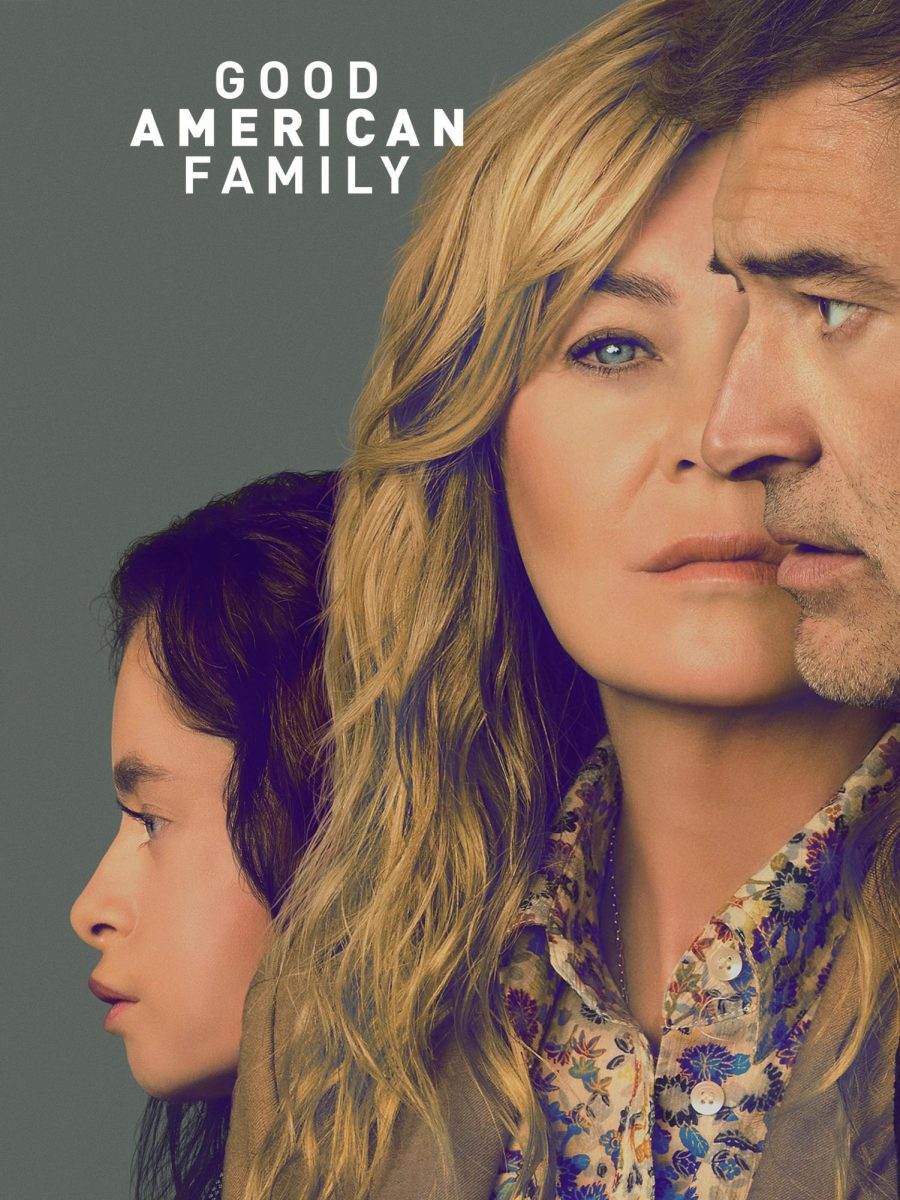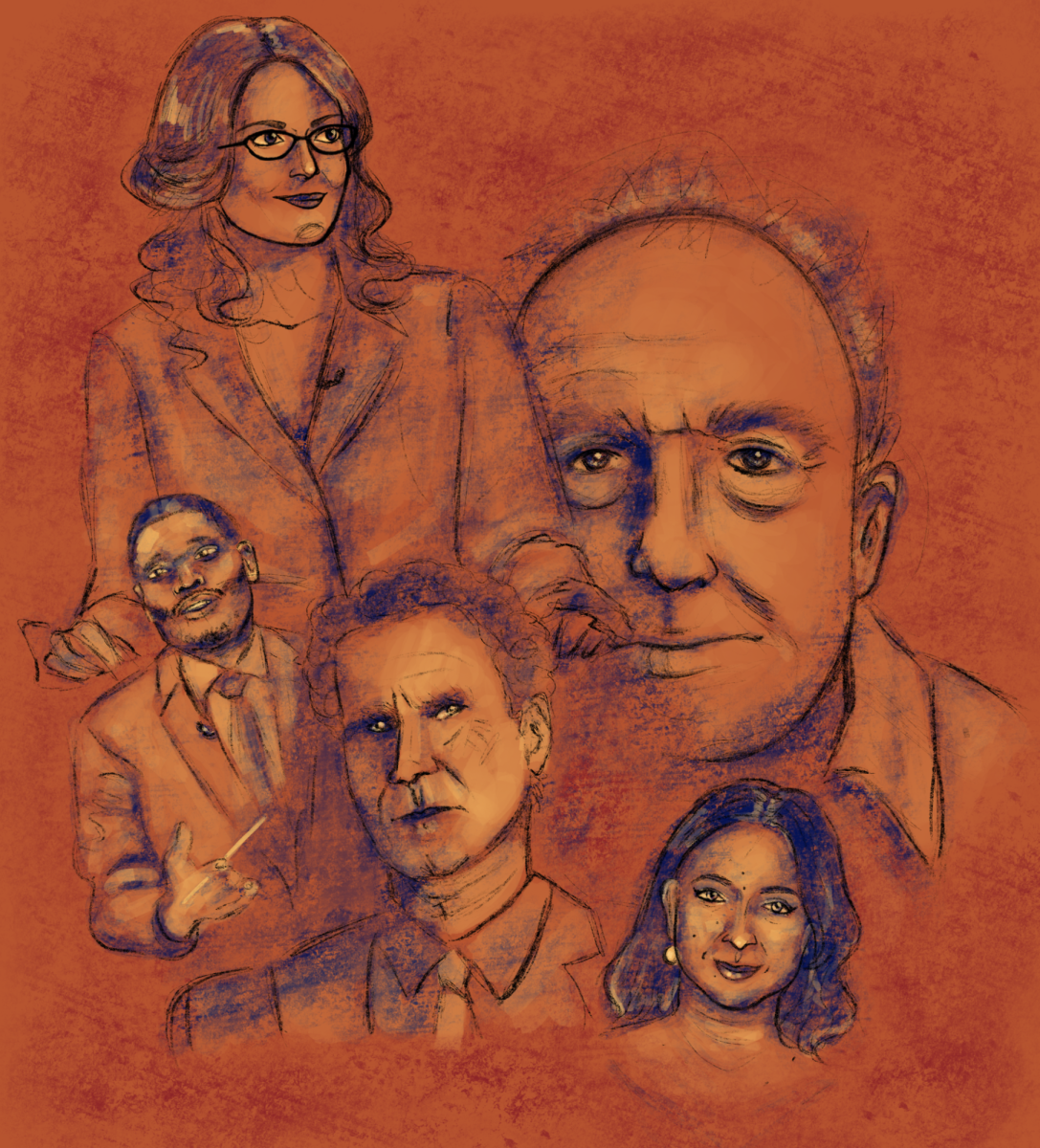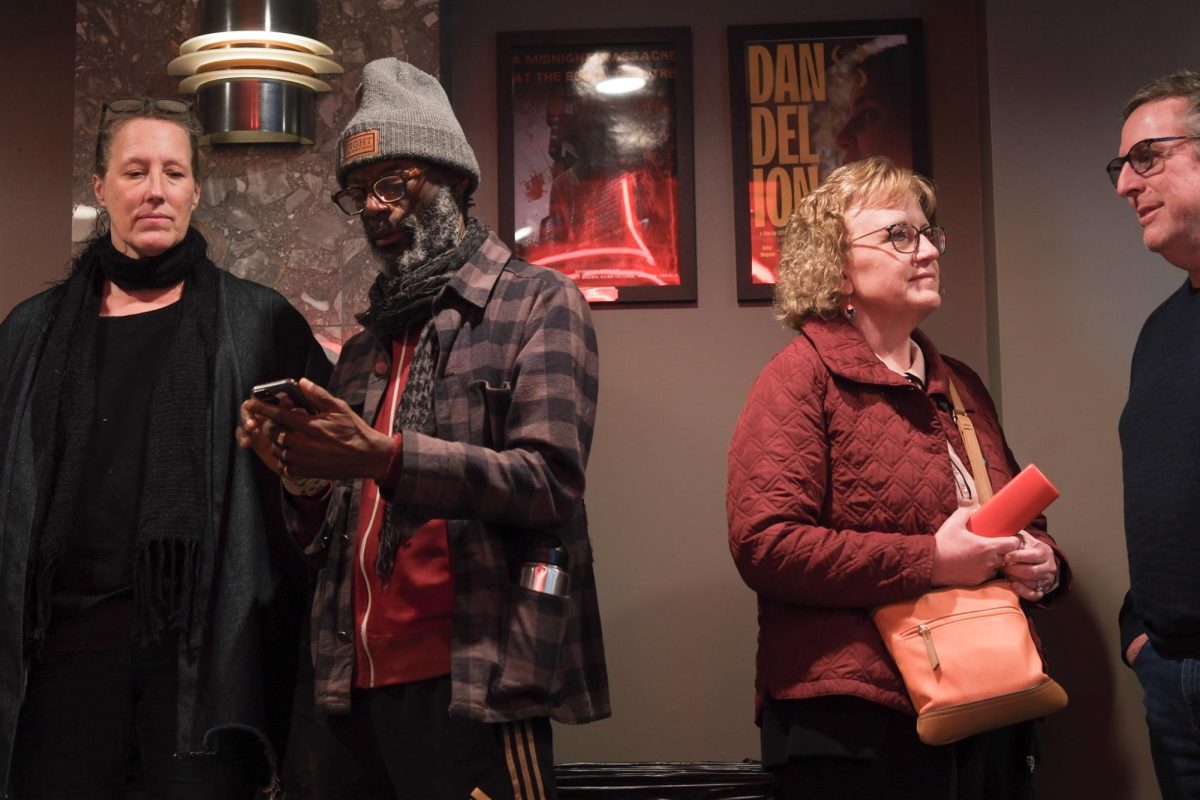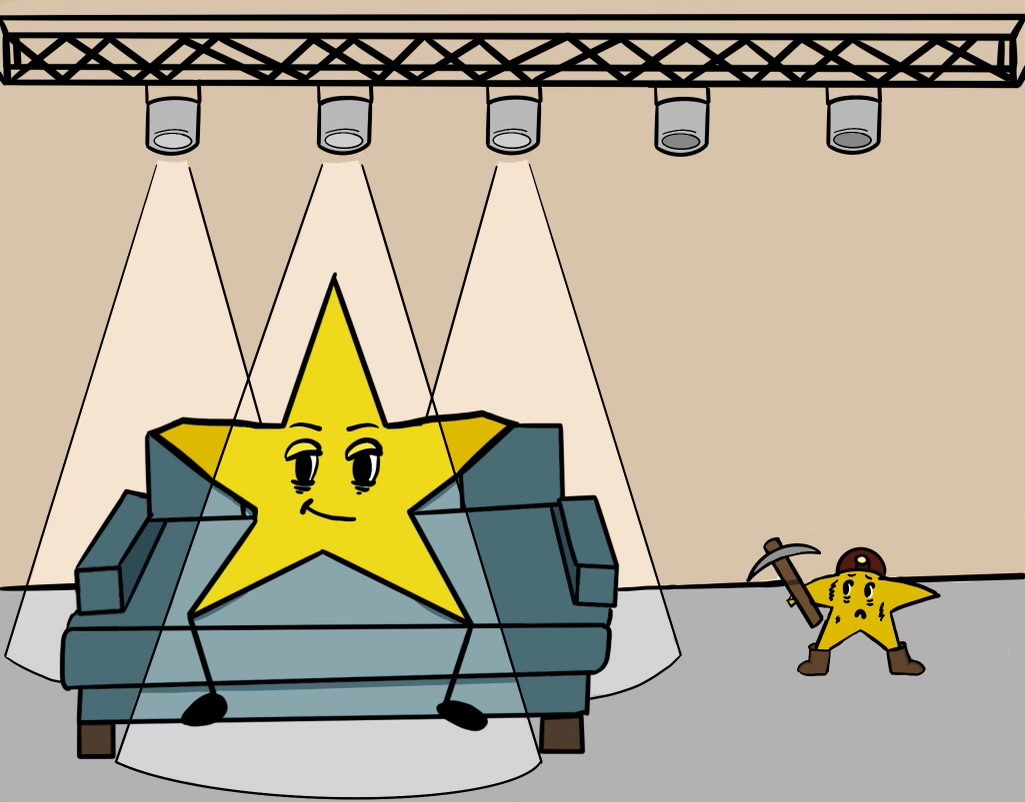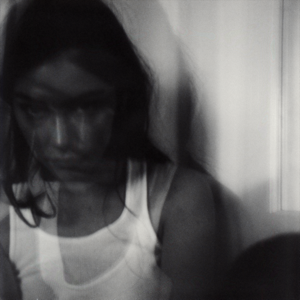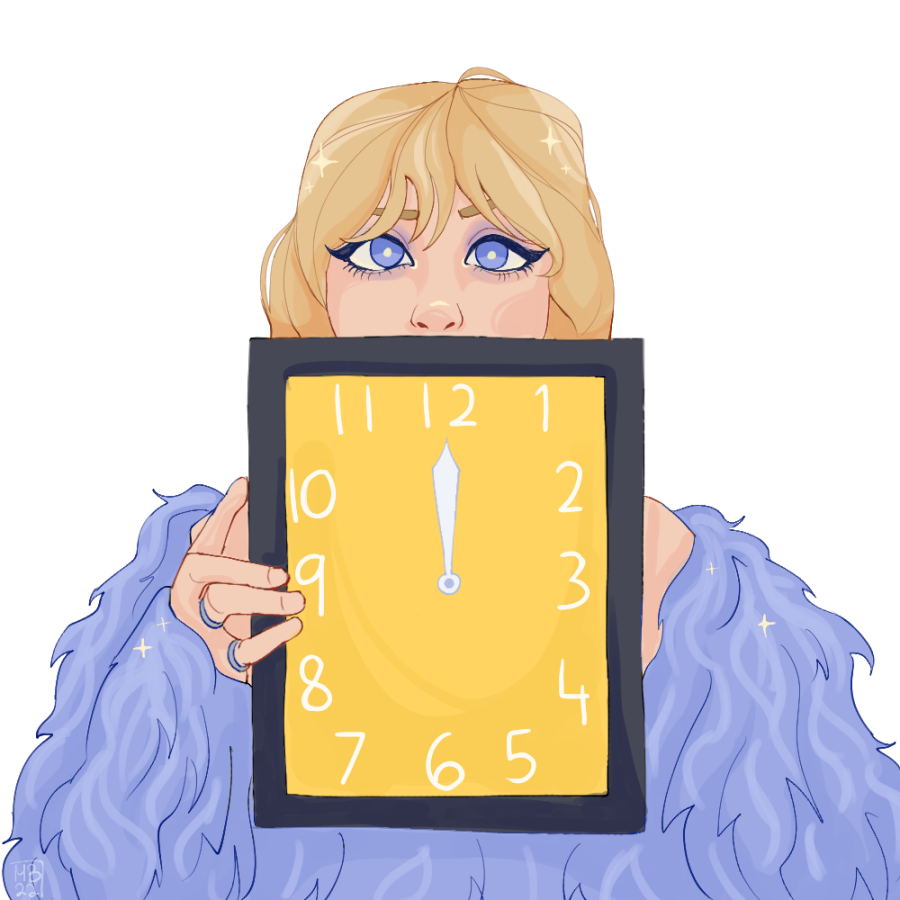Arcade Fire, a 15-piece musical collective from Montreal known for its intricate, layered Talking Heads-inspired rock music and its kleptomaniacal lead singer who infamously stole a blogger’s basketball in 2007, won the 2010 Grammy for Album of the Year. This, in turn, sent millions of Americans to the Internet to express uncontrolled fury, uncontrolled glee, and everything in between. However, the most typical response to their win was Rosie O’Donnell’s hastily Tweeted one: “Arcade Fire? Um. Never heard of them.”
And thus indie rock, the music industry’s most loved, despised, and turbulent genre, was thrust once again into the cultural mainstream, a place that it tries to avoid at all costs.
However, it’s not just because of Arcade Fire’s unlikely victory that indie music is increasingly stealing the musical spotlight. In fact, there are three key factors in its seemingly meteoric rise.
1. It’s never really been unpopular.
Despite its (mostly intentional) appearance as always on the fringe, indie music has been around for quite a while now, and while it has had its down moments, the current wave is just part of an ongoing movement. The idea of music made without a major record label in mind can be traced to the D.I.Y. ethos of ‘70s punk rock. Bands like The Ramones and the Sex Pistols were never at the top of the charts and never signed to a big label, but they were always in the nation’s musical consciousness, and remain influential to this day. In short, they were indie rock bands. The movement lost steam in the ‘80s, but picked up with early ‘90s grunge bands like Soundgarden and Nirvana who refused to sign to major labels but became incredibly popular regardless. The current indie rock scene, with its sonic smorgasbord and roots in the music of earlier years, came to fruition with bands such as Death Cab for Cutie and The Shins in the early 2000’s. The current scene is just another branch in the winding, crooked tree of indie.
2. Indie fans buy albums.
It’s well known (at least among indie fans) that most indie bands try to emulate earlier eras through their music. Oftentimes, their fans try to do the same thing. One main method of doing this is by buying entire albums, a practice that most of the world has eschewed in favor of digital downloads. This helps to explain indie’s amazing rise on the charts in the last few years: as album sales have gone down, albums like Radiohead’s In Rainbows, Vampire Weeekend’s Contra, and, yes, Arcade Fire’s Grammy-winning The Suburbs have reached number one, something that could never had happened if people bought Justin Bieber CDs instead of just single songs off of iTunes.
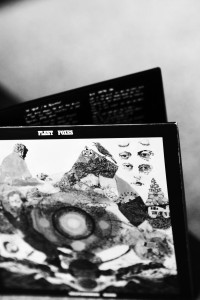 3. As many will attest, it’s actually pretty good.
3. As many will attest, it’s actually pretty good.
Indie fans are notoriously snobbish, considering their musical choices (and, therefore, themselves) superior to those of everybody else. However, in the last few years, it seems that multitudes of formerly Top 40 listeners have aligned themselves firmly with the hipsters. Indie, in other words, has gone mainstream. In the last three years, songs by Death Cab for Cutie (who, it should be noted, are now indie only in spirit – they moved to Capital Records in 2005), the Fleet Foxes, Bon Iver, Vampire Weekend, and even the notoriously bizarre Grizzly Bear have made an impression on the pop music world.
As well, Arcade Fire isn’t just making an impact through delicately crafted concept albums. After being used in the trailer for the film “Where the Wild Things Are,” the Arcade Fire song “Wake Up,” a grand, sprawling, jubilant anthem of a song from their 2004 debut Funeral raced up the charts and is still quite popular.
While it remains to be seen whether a song from The Suburbs will attain this degree of popularity (“Ready to Start” has come close), if recent trends towards indie are any indication, expect to see some big things very soon from that little band Rosie O’Donnell had never heard of.

